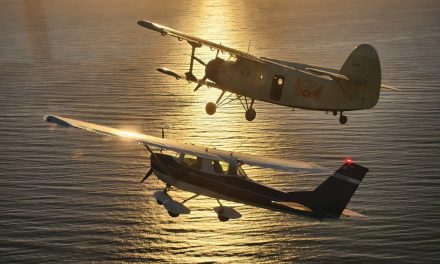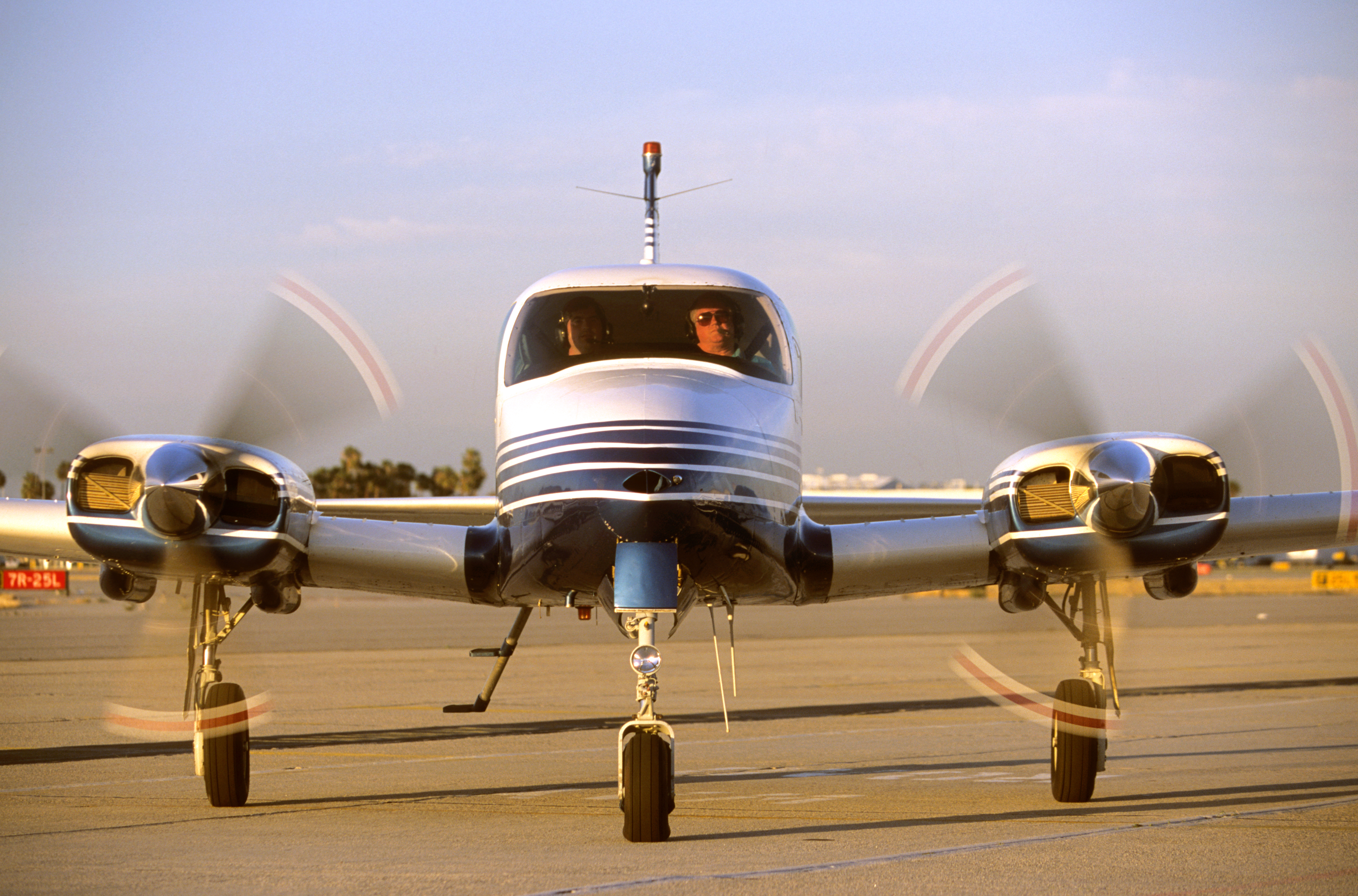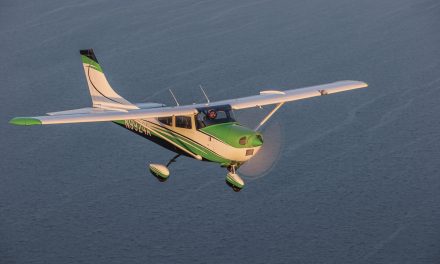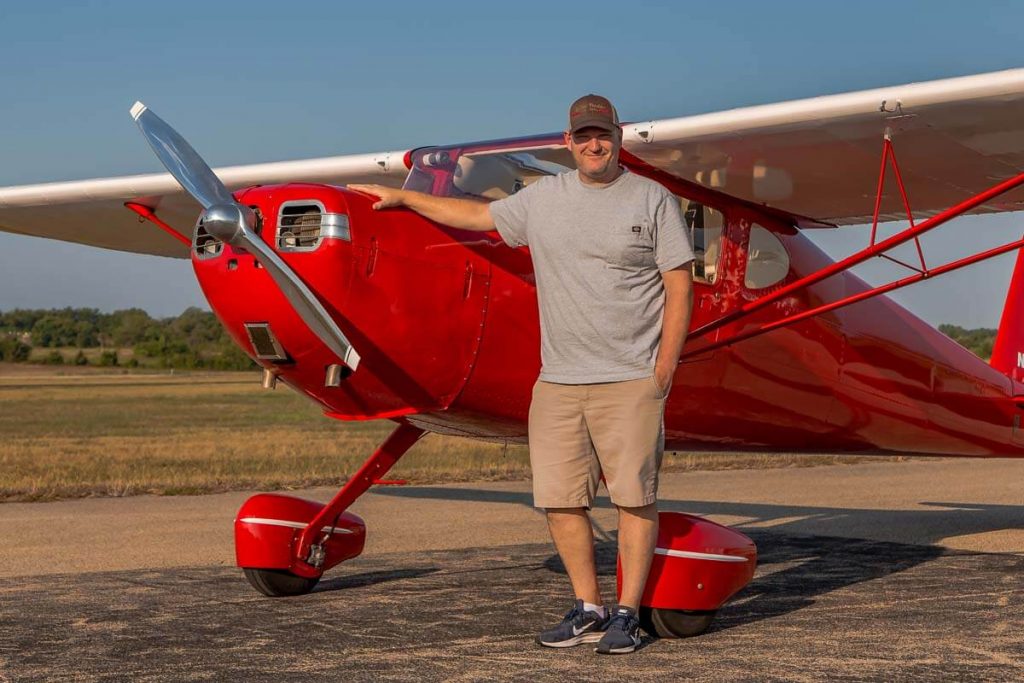
By Loren May
Loren’s 140 was the cover plane in the February 2020 issue.
I sat on a warped old picnic table at Lockhart Airport (50R), looking at my past logbook entries on the day I restarted my private pilot flight training and noticed it was one day shy of 20 years since I had last logged any time. I pointed that out to my new instructor, Joe Stenger, to which he said, “Well, we should wait until tomorrow then!” Yeah — I don’t think so. I had found that my life circumstances had come together such that I had a little extra income and a little extra time. As I neared realizing the completion of my goal of obtaining a pilot’s certificate I had started to think about actualizing a childhood dream to own an airplane of my own. But what to get? There were so many choices, but so many were out of reach financially and so many others were just sort of — boring. I focused my interests on finding a vintage tailwheel airplane and through my research of all the various types, the Cessna 140 was the clear winner for many reasons.
First, they are relatively inexpensive. Fuel burn is about 5 gph, parts are relatively easy to get, and the airplane itself is a simple machine meaning there are fewer things that can break. A nice surprise was that insurance in the second year of ownership was almost half what it was the first year after some tailwheel hours had accumulated in my logbook.
The second reason I chose the 140 is the blistering speed. Now not many people buy a 100 mph airplane for its ability to cover some ground. However, when compared to many of its post-war contemporaries in my price range, it will beat most of them to the destination — with the exception of the Luscombe. Also, 100 mph isn’t so fast that you would forget to sit back and enjoy just being aloft. I flew 56V to EAA AirVenture Oshkosh and back in 2019, which was 10 hours each way. That is proof enough to me that a 140 is a cross-country airplane.
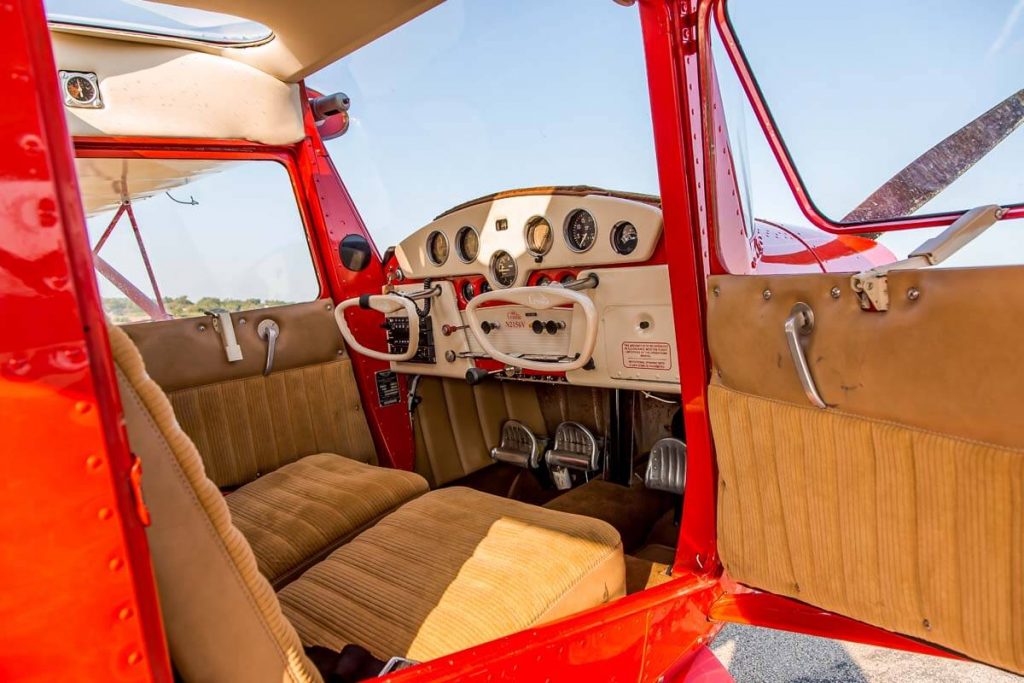
It carried my cooler in the seat next to me, my lawn chair, tent, and sleeping bag in the baggage compartment, my credit card in the glovebox and 6 feet, 2 inches and 240 pounds of me in the pilot’s seat. No problem. I would even say the 140 is comfortable for me, but at my size it’s a nice one-and-a-half-seat airplane.
But perhaps the most important reason to buy a 140 is that the Cessna 120 and 140 have a large and active type club. This being my first airplane, I knew I would need help along the way. Here in central Texas, Vic White and Jack Fleetwood, 140 owner and former 140 owner respectively, have been a tremendous help navigating airplane ownership with their knowledge and advice.
N2156V is a 1948 model 140 with an O-200 conversion. The airplane flies hands-off for as long as you can keep your hands off it. It has no vacuum system, no gyros, and its only navigation instrument is the compass. It is as simple as they come while still having a battery and starter.
The 140 in my opinion might be the best first airplane for a new pilot (or the best second airplane if you already own a 210, 310, or Citation!). My 140 really taught me how to fly. From it I obtained skills that helped me transition to more powerful tailwheel airplanes. The 140 bolsters the fundamentals that make a good pilot because there is little else to distract you from focusing on them. The tailwheel keeps your attention where it should be without being overly challenging, even in a crosswind. Things happen slowly and the controls are effective seemingly down to walking speeds. It’s this quality that reinforces good control positioning when taxiing in various winds.
Takeoffs are uneventful — yoke back to pin the tailwheel to the ground and aileron into the wind (the fundamentals right?). Bring the power up, lift the tailwheel off the ground and maintain tail-low attitude until it flies off the ground. Climbout in this 140 is a little better than most because of the O-200. As previously mentioned it flies hands off so you find your altitude and trim it up, point the nose where you want to go, make sure you have the fuel to get there, and watch the Earth in miniature roll past as if it was an infinite diorama where the scale is determined by you, dependent on the altitude you choose to fly.
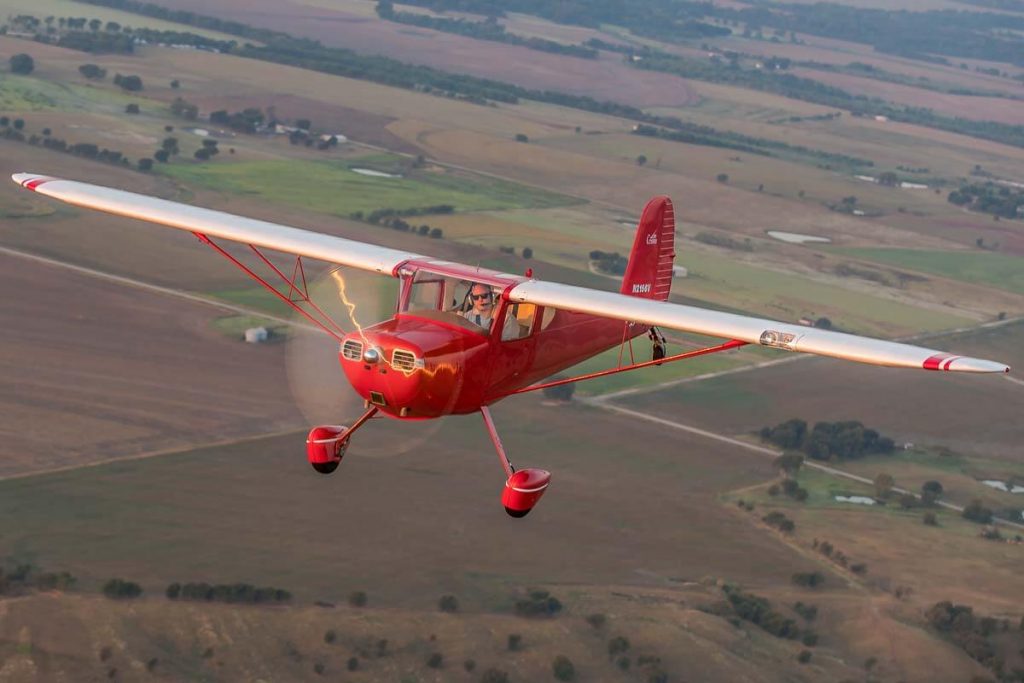
On downwind, abeam your touchdown spot, carb heat on and pull power to 1400 rpm, I found that full up trim gives you about 65 mph which is perfect until approaching the numbers. No pitch pressures are required on the yoke until transitioning to the three-point attitude for touchdown. As long as you aren’t messing with it, it will maintain 65 mph and come down at 500 fpm like somebody hit the VNAV button on the nonexistent autopilot. I rarely use flaps on landing, preferring to keep it as simple as possible by manipulating only aileron, rudder, elevator, and throttle until I taxi off the runway.
Taxi in, pull the mixture, mags and master off, push it in the hangar, and before I leave for the day I always take a moment for a long look at it before shutting the door. It’s a feeling of genuine appreciation that I have had the honor of owning and flying such a beautiful airplane.

